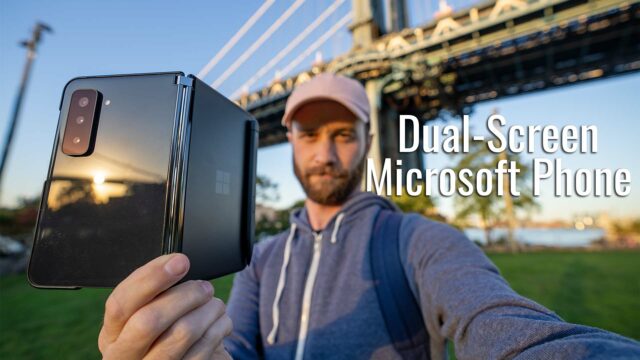Qualcomm, Microsoft Announce Windows for the Snapdragon 835
Computex has been nuts this year with announcements. First, a new Android device from the original founder of Android, Intel’s crazy 18-core processor, and now, Qualcomm and Microsoft just announced they’re partnering to bring Windows to the ultra-mobile ARM-based chipsets.
Why you ask? Well, there’s a lot of benefits to putting a real PC OS on a Snapdragon chipset:
- Tiny, light-weight laptops
- Snapdragon 835 being used initially so will be pretty powerful actually
- Better battery life over traditional laptops
- Silent operation/no fans
- Always-on connectivity a la Gigabit LTE
This combined with features already in Windows 10 like Connected Standby mean the PC can check email and receive notifications while in sleep mode and yet have respectable standby times and, according to Qualcomm, will give 50% more power of their x86 counterparts.
Now, the first thing that comes to mind with this, considering the Snapdragon is an ARM based system, is the dreaded Windows RT of the past. Windows RT was Microsoft’s first attempt at building Windows for ARM processors but was a colossal failure due to the fact that the ARM architecture meant regular Windows programs/apps didn’t work on the device and required developers to reprogram their software (which they just never did).
Thankfully, that was addressed during the announcement by saying that the system will be able to emulate x86 architecture out of the box and regular Windows programs will be able to run on it without any modifications so that’s a big relief.
I, personally, think this could be a neat endeavor for Microsoft. They always have mentioned they weren’t done with the mobile space (just with phones) and this seems to be like what they meant by that. Devices that are small enough to be pocketed but still offer a full-blown desktop OS (with those desktop programs I just mentioned) is definitely an appealing concept to me.
What do you guys think? Of course there won’t be hardcore gaming or editing, etc. on these machines, but is anyone else interested in them for simple portability sake? Let me know in the comments or chat with me on social about it.







my question is how well would it handle desktop programs like photoshop? if it matches the performance of maybe an older i5 (like 3rd or 4th gen), and there’s some form of graphics that can also handle it, then i’m 110% on board
Yeah that’s a big question for me, too. What I’d ideally like to do is get one and run some benchmarks against the x86 equivalents (maybe based on price?). I mean, we know the 835 can handle basic VR on phones which is impressive but have no way of correlating that to PC performance. Be interesting to see for sure–let you know as soon as I can my hands on one 🙂